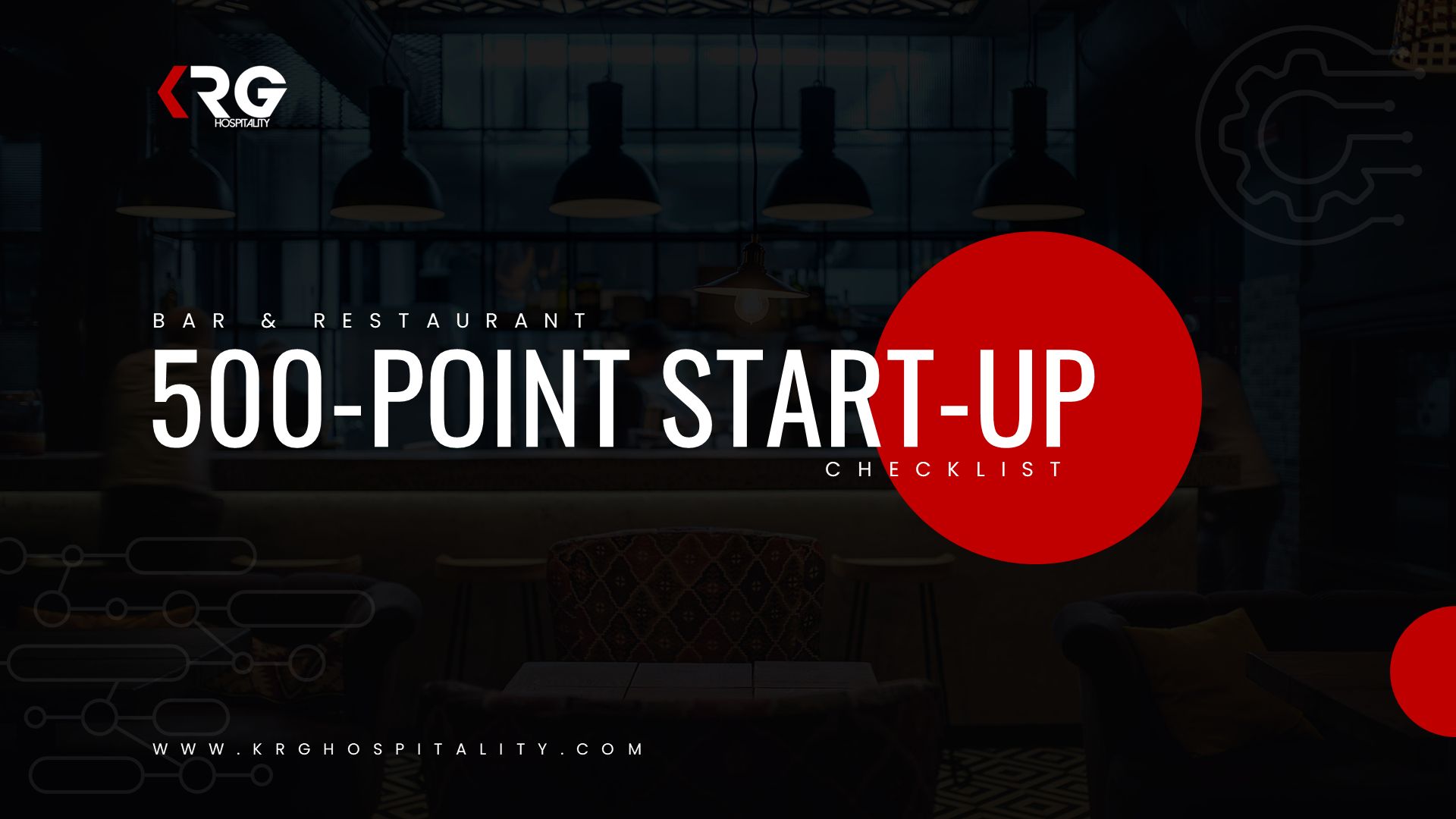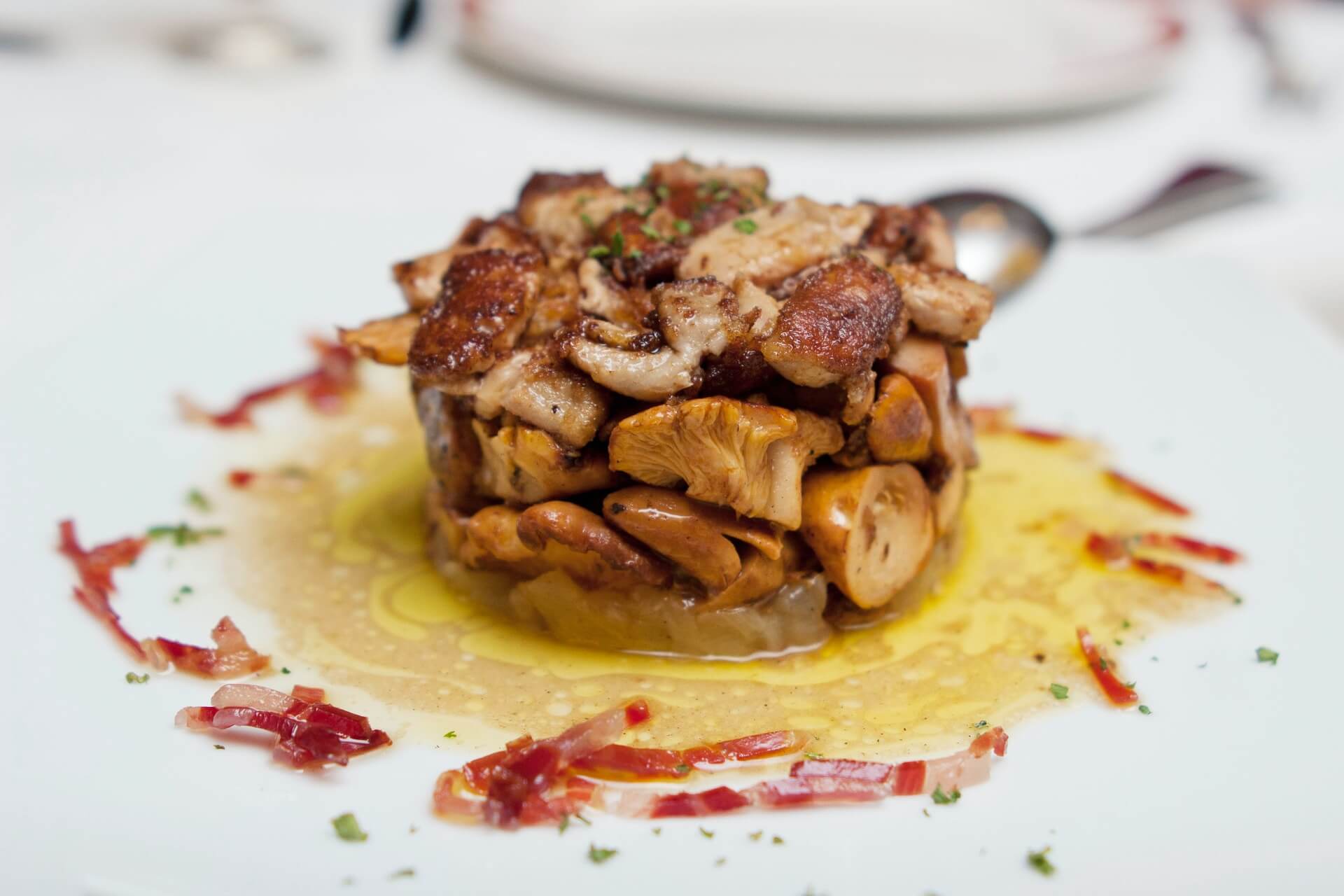Legendary Las Vegas Restaurateur Addresses F1 Impact
by David Klemt

As much as I dislike the cliched slogan, what happened behind the scenes in Las Vegas during last year’s Formula 1 race is absolutely not staying in Las Vegas.
Legendary restaurant owner Gino Ferraro has written an open letter exposing the negative impact F1 had on the city’s small business owners and locals.
While the Ferraro family’s restaurant story doesn’t start in 1985, that’s when the doors to their first location opened. Since then, the Ferraro family and their team have opened and closed restaurants throughout the city.
Their Ferraro’s Ristorante flagship has been located at the intersection of Paradise Road and East Harmon Avenue since 2009. This location is directly across from the Virgin resort and casino.
The iconic restaurant, revered for its authentic Italian food and incredible wine list, was directly impacted by F1. Roads needed to be improved, which meant snarled traffic and drops in traffic for operators of all manner of Las Vegas businesses.
In his letter, Ferraro claims that “Las Vegas was crippled for nine months,” and that the restaurant on Paradise lost more than $2 million in revenue as a result. Further, he states in the letter that his employees lost 20 percent of their pay in comparison to the same time in 2022.
“Disaster”
Below, the nearly viral letter, transcribed as presented:
F-1 Las Vegas Disaster
Gino Ferraro
4480 Paradise Rd Suite # 200
Las Vegas, NV 89169
702-461-2812
Having a restaurant or any business on the tourist corridor is no longer a positive experience. Through the construction for F-1, Las Vegas was crippled for nine months. Over this period, we had thousands of tourists and locals complaining about the traffic, as well as the increased cost of cabs and Uber rides. Customer’s shared fare receipts of over $100 for a mile ride from the strip, where it took over an hour to get to their destination.
We heard from countless tourists that they will not return to Vegas during that time of the year, not to mention many locals said they will not return to the strip until all this mess is over. This not only hurt our business immensely, but many surrounding local businesses were also negatively affected as well. We at Ferraro’s have lost an excess of 2 million dollars in revenue. It begs to bring up the question, how can our Las Vegas leadership allow that to happen, local businesses struggling and suffering all for a 3-4-day event. Who profited? A few hotels, it doesn’t make sense. How do we know what the ROI is with all the money that was spent to destroy the Strip, its surroundings, and ultimately people’s lives! We employ close to 80 people and their pay was 20 percent less than last year. Who will reimburse Ferraro’s and our staff?
In speaking to other people and hearing their opinions, the track should have been built somewhere else away from the Strip. The Strip and Vegas will always get exposure no matter where the event takes place. It doesn’t make sense to tear up the Strip and surroundings to resemble a carnival. To add fuel to the fire, Las Vegas leaders have approved another 81 road upgrades. This means more traffic delays, and Uber and cab drivers not wanting to work in these areas, because it’s impossible to navigate.
I could go on for hours on the negative impact this event has created for all Las Vegas residents and our tourists. I strongly believe we need to rethink the strategy on how we can accommodate our visitors prior to the race and during. We can’t destroy the city for on weekend.
Thank you ~
Gino Ferraro
Ferraro’s Ristorante
Takeaway
For a variety of reasons, operators are often wary of criticizing city leaders publicly.
As an example, when someone opens multiple concepts and locations throughout a city, they get to know local lawmakers. Obviously, blasting their decisions in an open letter and calling their motivations into question can be risky.
So, when a respected operator uses their voice to call for change, it can be powerful.
This situation could’ve been handled quietly. Ferraro could’ve sent emails. He could’ve had private calls to politicians, perhaps an in-person meeting or two.
Instead, Ferraro sent his letter to Nevada’s governor, county officials, tourism leaders, and other state politicians.
Now, I can’t speak to the accuracy of Ferraro’s claims. I don’t how much F1 impacted the restaurant’s staff and revenue.
But I do know Ferraro was willing to confront decision makers about how he believes small business owners were negatively impacted during a massive event.
Will this lead to change? To use another cliche, only time will tell.
Image: Jonathan Cosens Photography on Unsplash



















